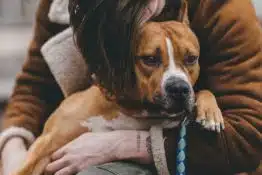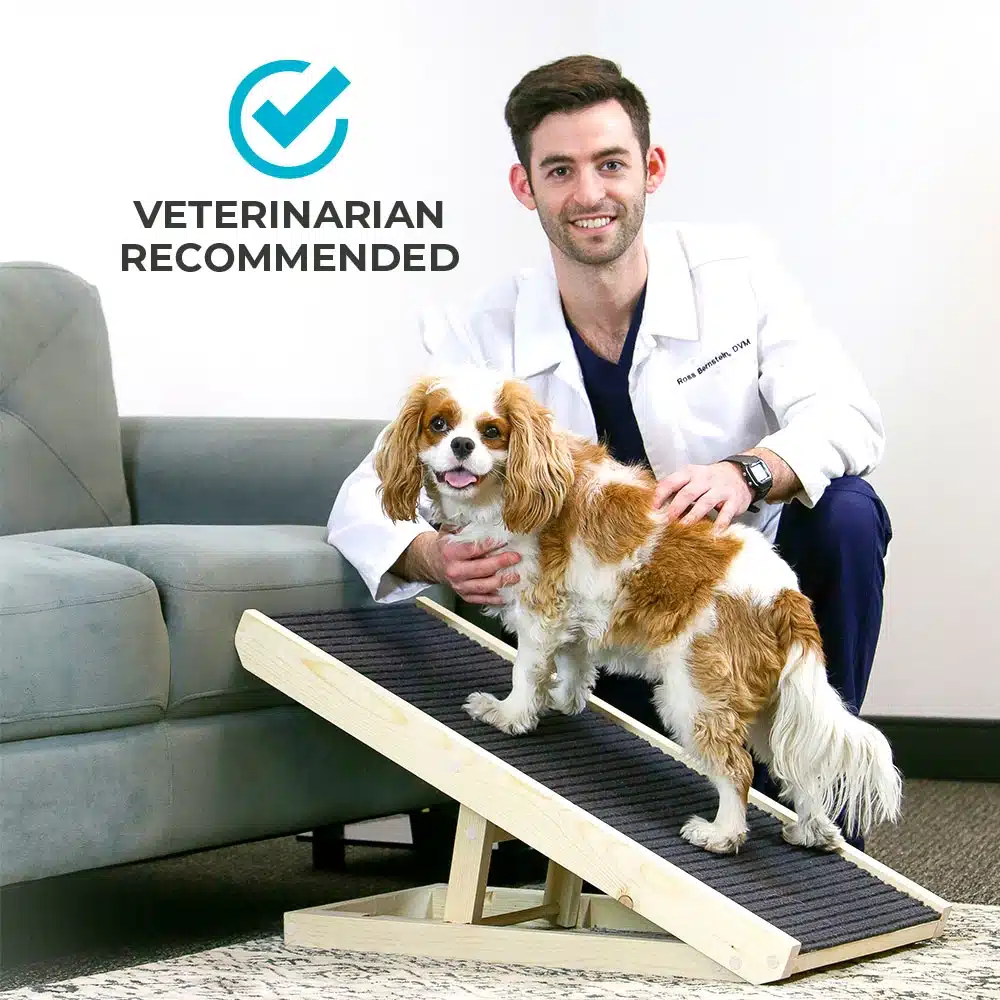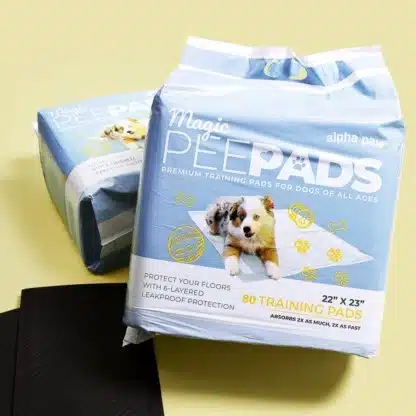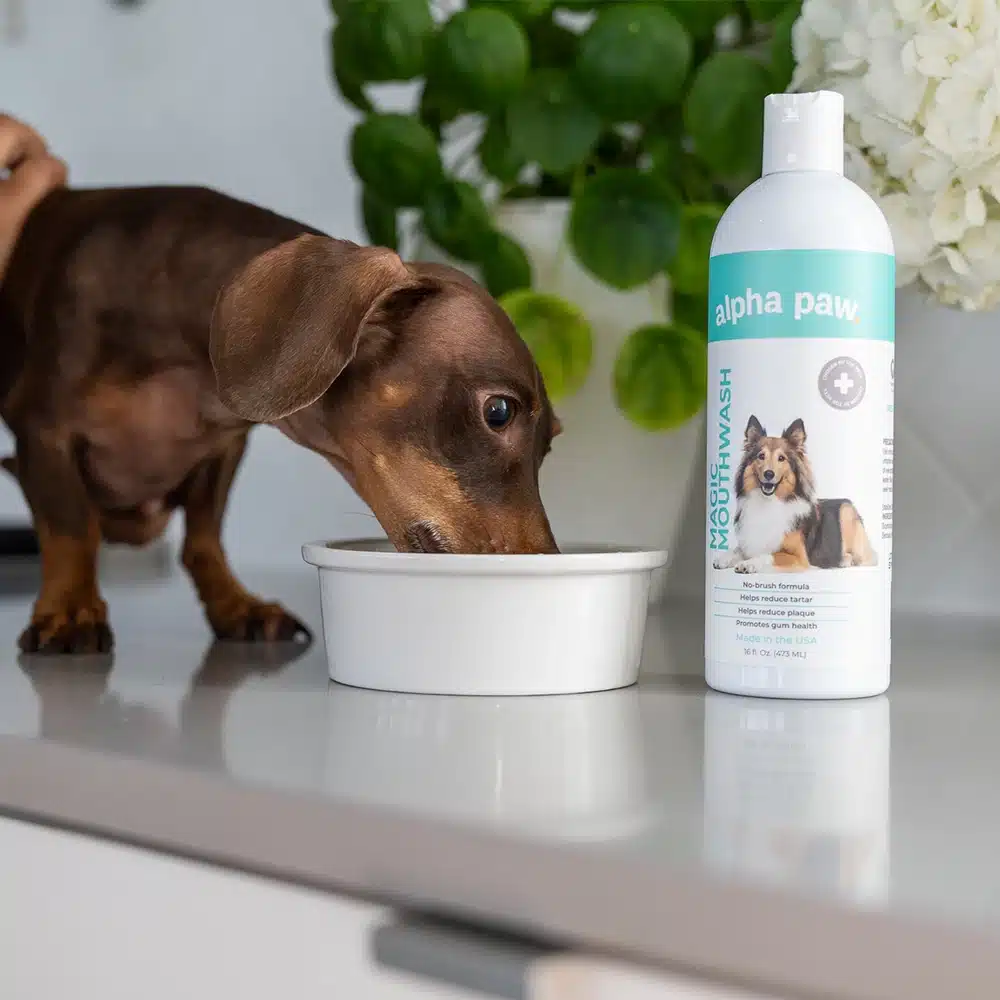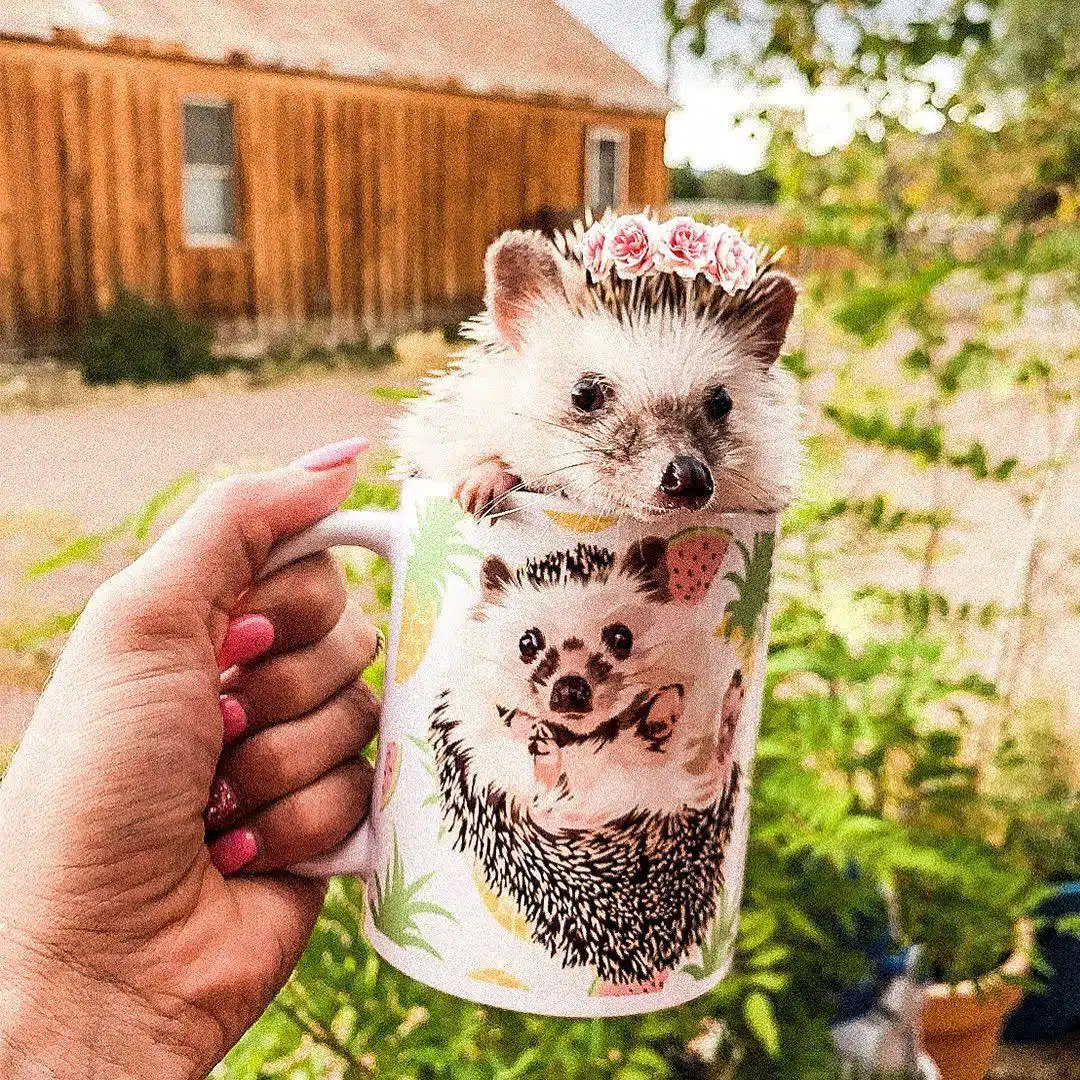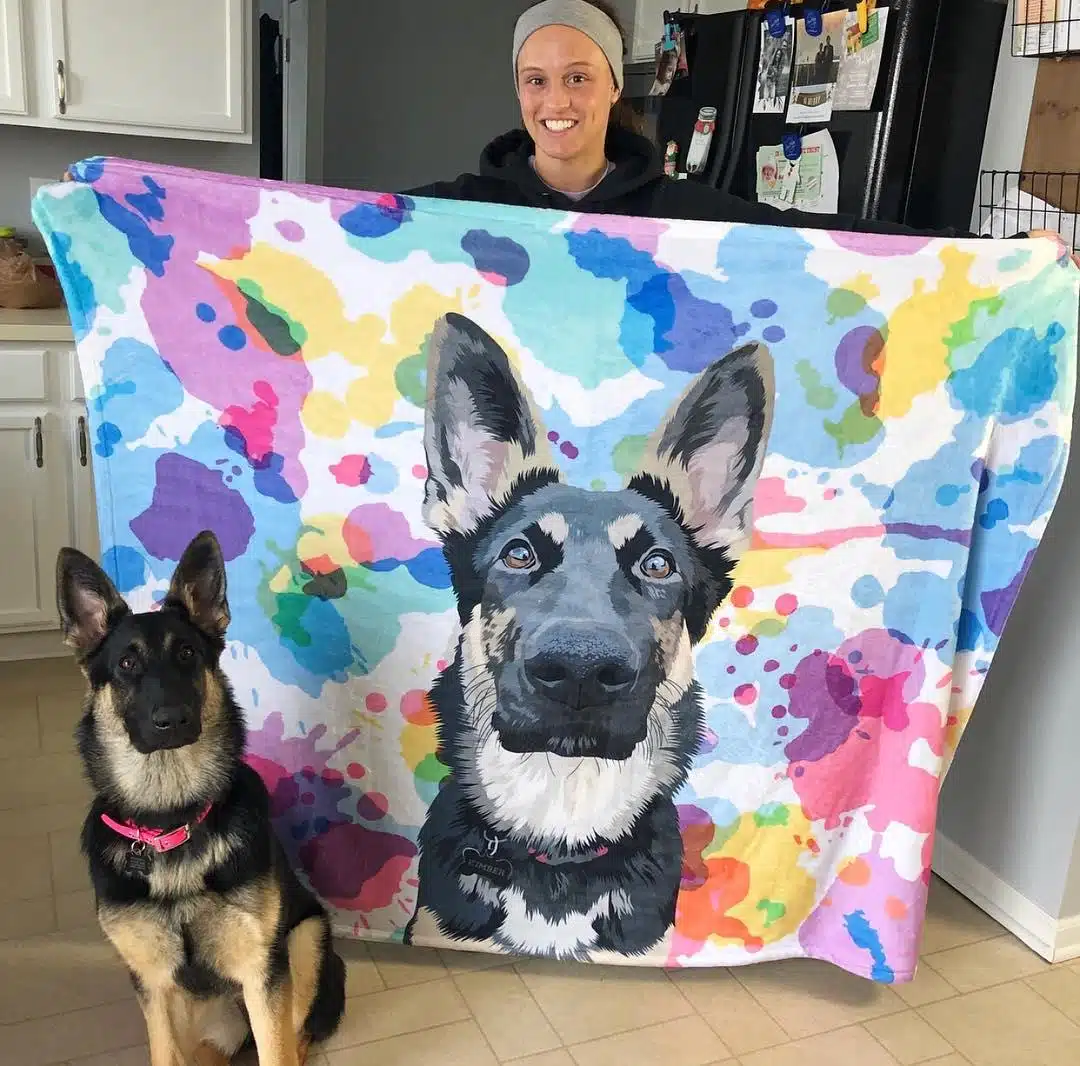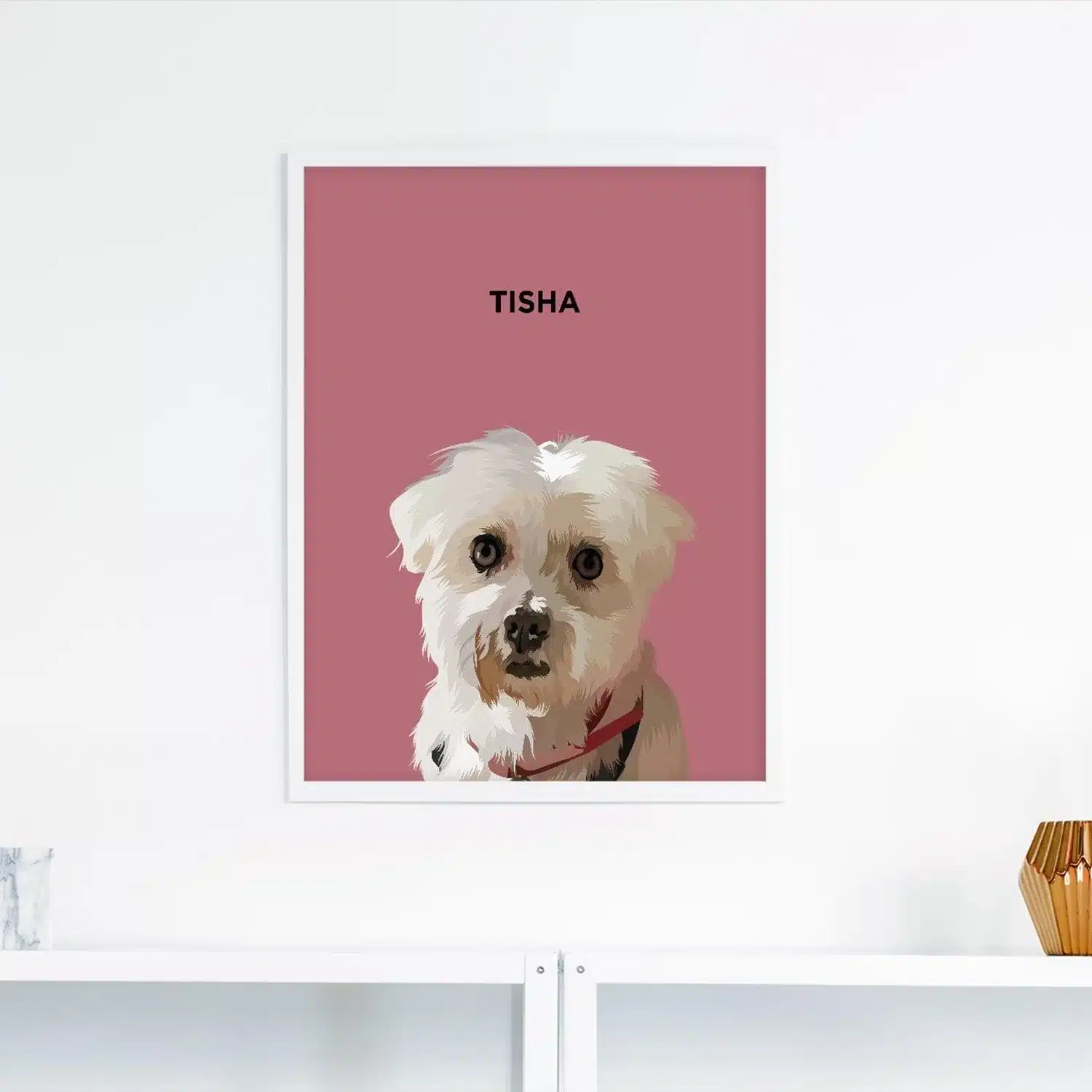How and Why to Teach Your Dog to Use Dog Pee Pads
If you’re not sure whether or not to use dog pee pads, or if you want to use them but don’t know where to start, then this article is for you! Take it from us as pet owners; there are a plethora of reasons that make incorporating dog pee pads into your dog’s daily routine and training a good idea.
Read the questions below. If any of your answers are “yes”, then pee pads are about to make your life a whole lot easier!
- Do you live in a high-rise apartment?
- Do you live in a busy city area and don’t have easy access to grass?
- Do you live in an area with extreme weather and climate changes?
- Do you want to avoid walking your dog in the pouring rain?
- Do you have a dog that refuses to go potty in the snow and/or rain?
- Do you have a time-consuming job and can’t always make it home to let your dog out for an afternoon potty break?
- Do you have health issues that inhibit you from walking your dog frequently?
- Do you have a dog with a disability that can’t go outside to relieve itself?
As with any new training you incorporate into your dog’s routine, it will take some time for your pup to adjust and get comfortable using the pads frequently. Once they do, it will become like second nature for them to utilize it.
Not all Dog Pee Pads are Created Equal!
With enough training and patience, these dog pee pads will become the new “it” place for your pup to relieve itself. In your pup’s eyes, all dog pee pads will seem the same. But do you know who will care a lot about their pads? You: the one who’ll have to purchase, place, and clean them all up!
So before we get into the “How To’s” of training, let’s talk about choosing the right doggy pee pad that’s best for our pups, our homes, and our budgets.
Absorbency is KEY
When looking for a pee pad, the two things you want to test are how absorbent they are, and if they are odor eliminating. When dealing with urine in your home, you want to make sure that it isn’t leaking onto your floors, stinking up the place, or leaving yellow stains that are unpleasant to look at.
Who wants to see a white pee pad on the floor that is covered in yellow, stinky stains — especially when guests come over? Not us! That is why we recommend black, ultra-absorbent, odor-eliminating pee pads. What used to be a “luxury” item is now becoming the standard for your dog’s daily routine.
Let’s Get to the Fun Part! Training!
The most important thing to remember is that it’s all about routine, positive reinforcement, and consistency. Your dog is more than capable of learning inside-potty training, transitioning from outside to inside, or both!
Always keep an eye on your pup to avoid mess-ups. Get to know their signs of when they “need to go” and bring them to the pad when it’s about time. Don’t forget to always praise them when they get it right. Keeping them on a leash is a good trick to guarantee they won’t go elsewhere when it’s potty time! Regardless of the puppy potty training method that you use, remember to have patience and a lot of compliments on hand to support her.
Training a Puppy to Use Dog Pee Pads!
Step 1. Get to know your puppy’s bathroom schedule! A young puppy will typically go potty after napping, play-time, and meals! After each of these events, carry your dog to their pee pad and say “go potty”. You can use a leash to restrict them from leaving the area and have even more control of the situation.
You will also start to identify when your puppy needs to “go”. They typically let us know by sniffing, walking around in circles, etc.
What you want to do is be proactive and anticipate the potty break. If you catch them in the act, it’s an opportunity to say “no” and gently carry them to the pee pad and tell them “go potty”.
Note: NEVER punish a dog after they have had an accident. If they have an accident, it isn’t their fault, it’s the parent’s fault for not supervising close enough.
Step 2. Praise, praise, praise! Whenever your puppy successfully uses the pee pad, praise them and reward them with a treat or lots of playtime and cuddles.
Step 3. Repeat, repeat, repeat. This step sounds the easiest, but it can be the hardest because results won’t happen overnight! Occasionally a puppy will learn to use a pee pad right away, but the majority of the time, it requires a lot of patience. So practice this routine every day and always reward your dog for a job well done.
Just remember to stay patient, positive, and encouraging! A puppy can sense your frustration, and it will stress them out and make the process harder for both of you.
Training An Adult Dog to Use Dog Pee Pads!
The same steps used to train a puppy can be applied to training a grown dog. Learning their bathroom schedule. Being proactive. Having control over the situation. Utilizing a leash and a “go potty” command, and consistency.
Outside to Inside Transition
If your dog already uses the bathroom outside but you want to transition indoors for whatever reason, here are steps you can follow:
Step 1: Bring a pee pad outside to their favorite “potty spot”. Use a leash to control the situation. When they successfully go potty on the pad, praise them and give them a reward.
Step 2: Repeat this process any time they need to “go”, gradually moving the pee pad closer to the door.
Step 3: After they get the hang of going potty on the pad, bring the pee pad just inside the door and see if they will use it.
Step 4: Repeat, praise, repeat, praise 🙂
Note: While this seems like you might be taking steps backward, the ability for a dog to use a pee pad indoors can create a lot of flexibility for certain lifestyles that we previously mentioned at the beginning of this article. Remember not to judge others for their training methods, and understand that everyone is different and is in a unique situation.
Give it a Go!
Now that you are aware of the steps to take, and why you would consider taking them, we encourage you to begin your pee pad training! Please feel free to reach out if you have any questions.
Let us know how things are going in the comments below!
80% of Dogs Develop Arthritis or Joint Pain by 7 Years old – Here’s How to Protect Them
Most of us train our dogs when they are puppies to jump up on furniture. We think it’s harmless (and easier than always lifting them), but for dogs, couches and beds are very high compared to the size of their bodies.
Every time they jump it compresses their back and applies enormous force to their joints.
It’s no wonder that an incredible 80% of dogs experience arthritis or joint pain by only 7 years old.
Luckily, there is a vet-recommended solution.
It’s the PawRamp by Alpha Paw. An adjustable ramp that allows dogs to safely get on and off couches and beds. PawRamp makes joining you in bed or on the couch effortless and fun.
As a bonus, you can use code SAVE35 to get $35 off the PawRamp today.







